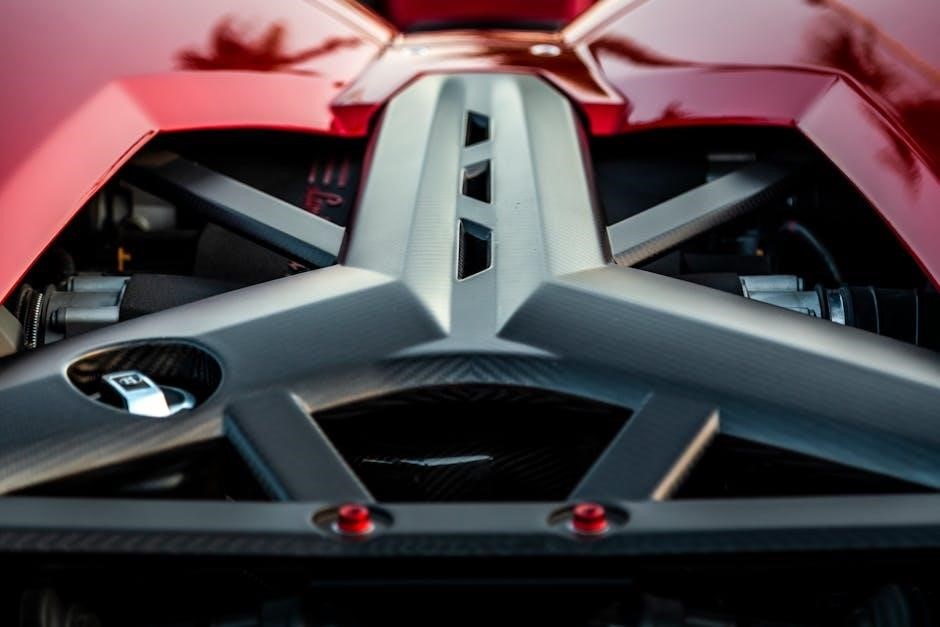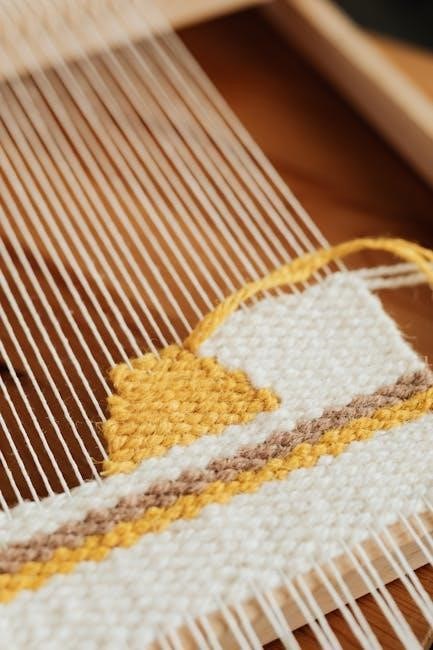Carbon fiber frame joint connection design involves
- complex
considerations for optimal performance and safety, requiring careful analysis of various factors to ensure reliability and efficiency in the final product always matters.
Overview of Carbon Fiber Properties
Carbon fiber properties are crucial in understanding its behavior in frame joint connections, with its high strength-to-weight ratio and exceptional stiffness making it an ideal material for various applications. The unique characteristics of carbon fiber, including its tensile strength, compressive strength, and resistance to fatigue, contribute to its popularity in the design of lightweight structures. Additionally, carbon fiber exhibits low thermal expansion, high thermal conductivity, and excellent corrosion resistance, making it a versatile material for use in diverse environments. Its properties can be further enhanced through the use of various matrix materials, such as epoxy or polyester resins, which help to transfer loads and provide additional support to the carbon fibers. Overall, the properties of carbon fiber make it an attractive option for designers seeking to create efficient, reliable, and high-performance structures, including frame joint connections. This is evident in the use of carbon fiber in various industries.
Importance of Material Properties in Connection Design
The importance of material properties in connection design cannot be overstated, as they play a crucial role in determining the overall performance and reliability of the joint; Material properties, such as strength, stiffness, and toughness, influence the connection’s ability to withstand various loads and stresses. A thorough understanding of these properties is essential for designers to create effective connections that can resist failure and maintain structural integrity. The interaction between material properties and connection design is complex, and designers must consider factors such as material compatibility, surface roughness, and bonding techniques to ensure a strong and durable connection. By carefully evaluating material properties, designers can optimize connection design and create efficient, reliable, and high-performance structures. This requires a deep understanding of the relationships between material properties, connection design, and structural behavior, enabling designers to make informed decisions and create successful connections. Material properties are critical in this process.

Engineering Principles Behind Carbon Fiber Frame Joint Connections
Key engineering principles guide the design of carbon fiber frame joint connections for optimal performance and safety always using specific methods and techniques effectively.
Load Path Considerations in Joint Design
Load path considerations play a crucial role in joint design, as they directly impact the overall performance and safety of the carbon fiber frame. The load path refers to the route that forces take as they travel through the joint, and understanding this path is essential for designing effective connections. By analyzing the load path, engineers can identify potential stress concentrations and design the joint to mitigate these stresses. This involves carefully considering the geometry of the joint, the properties of the materials used, and the expected load scenarios. Effective load path consideration can help to ensure that the joint is able to withstand the expected loads and stresses, reducing the risk of failure and improving the overall reliability of the carbon fiber frame. Proper load path consideration is critical to achieving optimal joint design and performance.
Stress Concentrations at the Joint Interface
Stress concentrations at the joint interface are a critical consideration in carbon fiber frame joint connection design. The interface between the carbon fiber and the joint is a potential weak point, where stresses can accumulate and lead to failure. Factors such as surface roughness, material properties, and geometric discontinuities can contribute to stress concentrations. Engineers must carefully analyze the joint interface to identify potential stress concentrations and design the joint to minimize these stresses. This may involve using techniques such as finite element analysis or experimental testing to validate the design. By understanding and addressing stress concentrations at the joint interface, engineers can design more reliable and efficient carbon fiber frame joints. Effective management of stress concentrations is essential to ensuring the overall performance and safety of the carbon fiber frame. This requires a thorough understanding of the joint interface and its potential weaknesses.
Design Considerations for Carbon Fiber Frame Joint Connections
Designing carbon fiber frame joints requires careful consideration of multiple factors always and attention to details in the process of creation and development of new products.
Unique Challenges in Connection Design
Carbon fiber frame joint connection design presents several unique challenges that must be addressed to ensure the integrity and performance of the final product. One of the main challenges is the anisotropic nature of carbon fiber, which can lead to uneven stress distribution and potential failure. Additionally, the high stiffness and low ductility of carbon fiber can make it prone to cracking and brittle failure. The use of carbon fiber also requires specialized manufacturing techniques and equipment, which can add complexity and cost to the design process. Furthermore, the limited data available on the long-term behavior of carbon fiber under various loading conditions can make it difficult to predict and ensure the reliability of the connection design. Overall, the unique challenges in connection design require careful consideration and expertise to overcome. The design process must take into account these challenges to create a safe and efficient connection.
Role of Filament Woven Fabric in Connection Design
Filament woven fabric plays a crucial role in carbon fiber frame joint connection design, offering a unique combination of strength, stiffness, and durability. The fabric is created by weaving together thousands of carbon fibers, which are then bonded together using a matrix material. This process allows for the creation of complex shapes and geometries, enabling designers to optimize the connection design for specific loading conditions. The use of filament woven fabric also enables the creation of lightweight and compact connections, making it an ideal choice for applications where space and weight are limited. By leveraging the properties of filament woven fabric, designers can create connections that are not only strong and durable but also efficient and reliable, making it a key component in carbon fiber frame joint connection design, with its properties and applications being widely studied and utilized.

Applications of Carbon Fiber Frame Joint Connections
Carbon fiber frame joint connections are used in various
- industries
for their high strength and lightweight properties always.
Use of Carbon Fiber in Lightweight Trusses and Frame Structures
Carbon fiber is increasingly being used in the construction of lightweight trusses and frame structures due to its high strength-to-weight ratio and exceptional stiffness. The use of carbon fiber in these applications allows for the creation of complex geometries and shapes that would be difficult or impossible to achieve with traditional materials. Additionally, carbon fiber’s high resistance to fatigue and corrosion makes it an ideal choice for structures that will be subject to harsh environmental conditions. In terms of design, carbon fiber trusses and frame structures can be optimized for specific load cases, allowing for the creation of highly efficient and lightweight structures. This is particularly important in industries such as aerospace and automotive, where weight reduction is critical for improving performance and reducing fuel consumption. Overall, the use of carbon fiber in lightweight trusses and frame structures offers a range of benefits.
Novel Carbon-Fiber-Reinforced Polymer Truss Supporting Rear Connections
A novel carbon-fiber-reinforced polymer truss has been developed to support rear connections in large aircraft and other structures. This truss design features a unique connection method for rear connection-rings, allowing for improved load transfer and reduced weight. The truss is composed of carbon fiber reinforced polymer materials, which provide exceptional strength and stiffness while minimizing weight. The modular integration approach used in the design of the truss enables the creation of complex geometries and shapes, allowing for optimal performance and efficiency; The truss is also designed to be highly durable and resistant to fatigue and corrosion, making it suitable for use in harsh environmental conditions. Overall, the novel carbon-fiber-reinforced polymer truss offers a range of benefits, including improved performance, reduced weight, and increased durability, making it an attractive option for use in a variety of applications, including aerospace and automotive. The design is highly optimized for rear connections.

Common Pitfalls in Carbon Fiber Frame Joint Connection Design
Even experienced engineers can fall prey to common pitfalls in carbon fiber frame joint connection design, including overlooking load path considerations and neglecting stress concentrations at the joint interface. These mistakes can lead to reduced performance, increased weight, and decreased durability. A clear understanding of the expected load scenarios is crucial for optimal joint configuration. Additionally, the use of inadequate materials or manufacturing processes can also lead to suboptimal performance. It is essential to carefully analyze and test the design to identify and address potential pitfalls. By being aware of these common mistakes, designers can take steps to avoid them and create efficient and effective carbon fiber frame joint connections. The consequences of these pitfalls can be significant, resulting in reduced safety and increased maintenance costs, making it essential to prioritize careful design and testing. Proper planning is necessary.